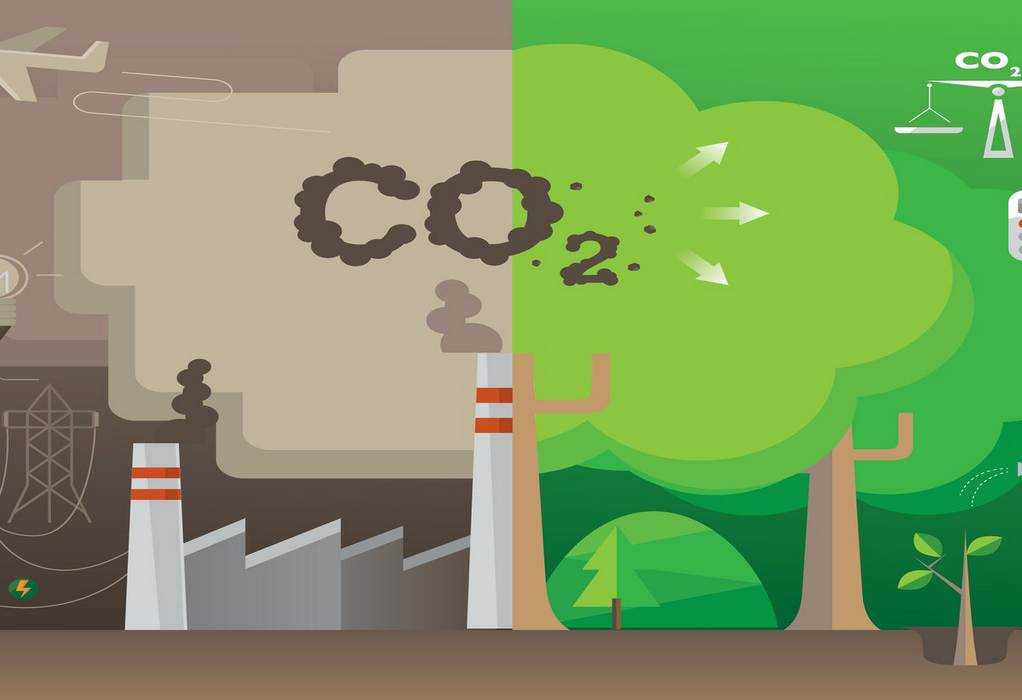International Energy Agency (IEA) says that countries must reduce dependence on China’s production of solar panels to reach net-zero emissions.
IEA in its report said that while China’s policies and innovation have made solar power more affordable, its domination of the sector has also resulted in “imbalances” in supply chains.
China has been instrumental in bringing down costs worldwide for solar photovoltaics (PV), with multiple benefits for clean energy transitions.
But the level of geographical concentration in global supply chains also poses potential challenges that governments need to address.
Accelerating clean energy transitions around the world will put further strain on these supply chains to meet growing demand, but this also offers opportunities for other countries and regions to help diversify production and make it more resilient.
The energy agency says that world must quadruple the pace at which solar capacity is growing to reach net-zero emissions by 2050.
Global production capacity for critical components such as polysilicon, ingots, wafers, cells and modules will also need to more than double by 2030 to meet the target, the intergovernmental organisation.
Ramping up global capacity would also bring about economic benefits, the report said, with new manufacturing facilities potentially attracting $120bn of investment and doubling the industry workforce to one million people by 2030.
China’s domination of supply chains for solar panels has come under scrutiny in some countries amid allegations of human rights abuses and trade violations.
In the United States, Congress has highlighted polysilicon produced in Xinjiang as a priority for enforcement under the recently enacted Uyghur Forced Labor Prevention Act, which compels importers to prove that goods made in the autonomous region do not involve forced labour.
Tags: China, IEA, NetZero Emissions, Solar Panels, Supply Chains



Recent Posts
Scandlines Nears Delivery of Zero Emissions Ferry Following Successful Sea Trials
India faces emission roadblocks with rising net-zero demands
Green Energy Resources invests in two electric Liebherr LHM 550
NYK Launches Continuous Use of Bio LNG Fuel on Car Carriers to Advance Decarbonization Goals
Yang Ming Expands Fleet with Methanol and LNG Dual-Fuel Vessels Under Fleet Optimization Plan
ClassNK Advocates Speed Gap Monitoring to Optimize Fuel Efficiency in Heavy Weather
Wärtsilä’s retrofit package for the Corsica Linea ferry Pascal Paoli has resulted in fuel savings of up to 22 percent Corsica Linea
COSCO Shipping Names Second Methanol Dual-Fuel Containership in Yangzhou